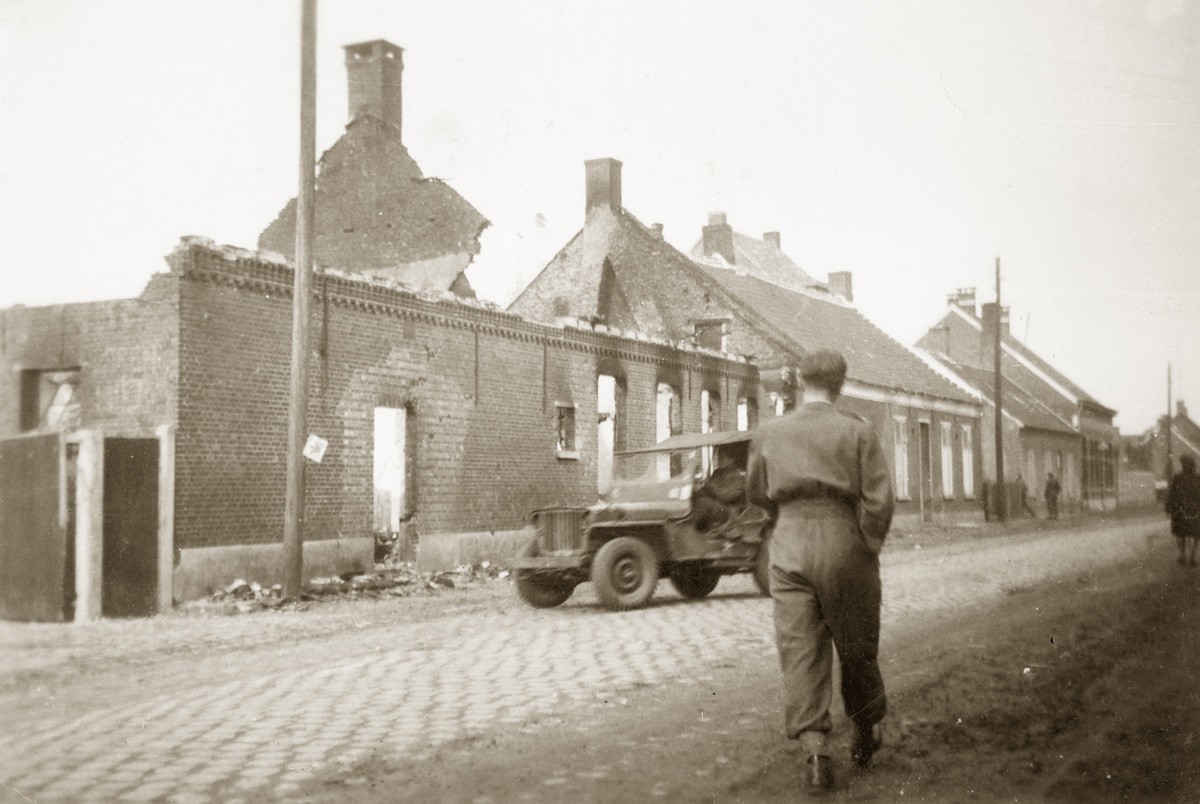What to do about the destroyed village? Fortunately, the Belgian government had already taken measures in 1941: owners of buildings damaged or destroyed by war could claim compensation that should allow them to repair their homes or farms.
René van Steenbergen, an architect from the Beerse municipality of Belgium, played a key role in the reconstruction of Zondereigen. He helped residents draw up damage claims and drew new designs for more than twenty houses and farms. In addition, he took care of the restoration of St Rumoldus church. Before the war, Van Steenbergen was a promoter of the Art Deco style, but post-war he drew inspiration from the region's historical architecture. The new houses he designed, for instance, were built in the typical Beerse red brick.
